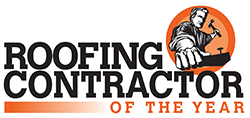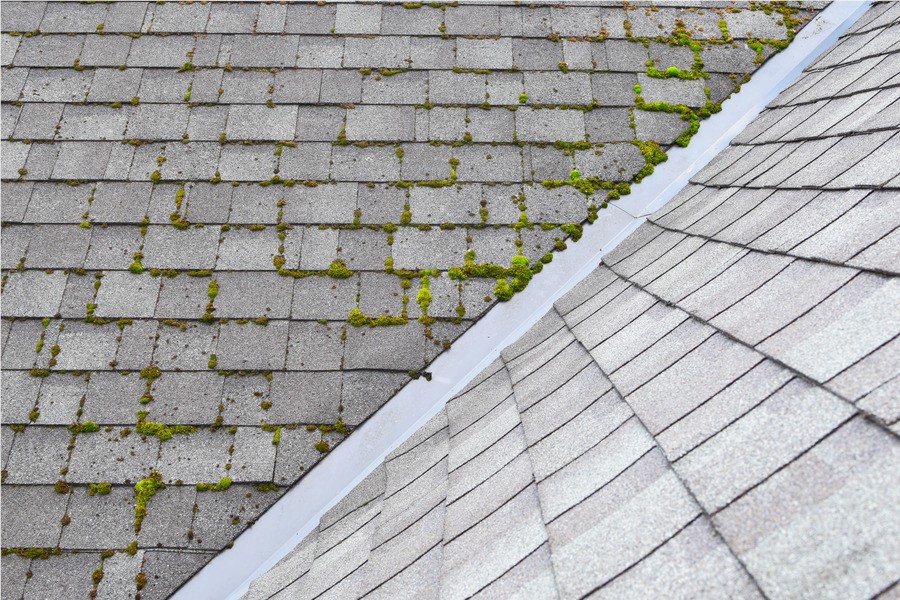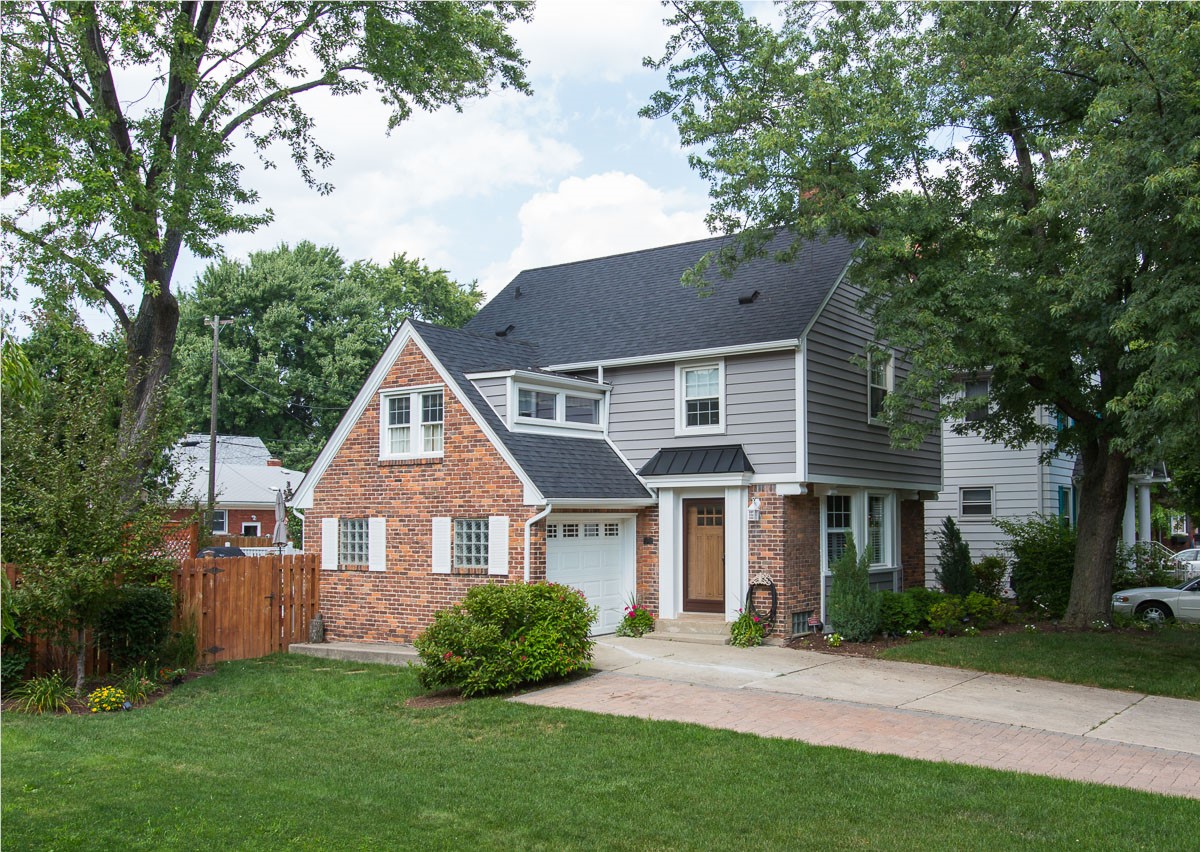What is Roof Decking?

Roof decking is also known as roof sheathing. It is one of the most important pieces of your roof system. Decking is nailed to rafters, trusses, or roofing joists to protect them against the elements. It is starting the foundation of your roof system and provides a flat and even surface to rest shingles. It needs to be sturdy and in good condition to ensure that your roof can support the weight of your shingles.
How Do I Know I Need to Replace My Roof Decking?
At Feazel, we will replace your roof decking if it needs to be replaced during a tear-off. We cannot assess the condition of your roof decking without removing everything on top of it first. If your decking is in questionable condition, we are going to replace it. The new roof we are installing is built to last and putting new shingles on substandard decking is only going to shorten the life of your new roof.
What Problems Can Occur with Roof Decking?
Roof decking requires spacing to allow it to contract and expand throughout the year. This expansion and contraction may cause your shingles to buckle which may provide an opportunity for moisture to penetrate your roof system.
Moisture and poor ventilation can cause problems with wood decking. If your roof is leaking and saturating your decking, rot and mold will set in. Additionally, if your attic is not ventilated properly, there will be an excess of hot and humid air in the attic with no place to go. Continued exposure to moisture will cause mold and rot issues in the future.
Is Plywood Sheathing Different from Roof Decking?
Nope, plywood sheathing is one of the most common types of roof decking.
What is Plywood Sheathing?
Plywood sheathing has numerous uses for your home besides your roof. It is versatile and used in a variety of construction products from flooring underlayment to your roof. Plywood is made with numerous layers of thin wood and glued together. Because there are multiple layers of thin wood, it can come in a variety of thicknesses from ¼" to 1 inch. It comes in large panels, typically 4’ x 8’, and is easy to cut which makes it a favorite on the job site.
Plywood Sheathing for Your Roof
Plywood is one of the most common forms of sheathing for your roof. It is commonly used in roofing applications because of its durability, and it is inexpensive. Plywood will be used to cover up your home's joists and trusses. The sheathing acts as a shield to prevent shingles from being directly attached to the joists and helps distribute the weight of the shingles. Furthermore, it acts as a layer of insulation and can help reduce the spread of fire.
Is Plywood Sheathing Necessary?
It is necessary to have sheathing on your roof. It is the foundation on which rests your shingles and more. Without it, there would be no place for the shingles to sit.
Is Plywood Sheathing Strong?
The plywood sheathing must be strong to support the weight of your shingles. If you happen to live in a climate that receives snowfall, that extra weight needs to be accounted for and plywood is up to the challenge.
Many factors come into play when it comes to the correct thickness of plywood sheathing to use on your roof. If your home has rafters that are wider apart, thicker plywood will be required. Additionally, the lower the slope means the heavier the ice and snow load, and thicker plywood will need to be used.
How Is Plywood Sheathing Made?
Plywood sheathing is comprised of thin layers of wood that are glued together with resin. The resin will degenerate with regular exposure to moisture.
How Thick Is Plywood Sheathing?
It comes in several thicknesses and what thicknesses you need depends on a variety of factors. Plywood comes as thin as 1/4” and all the way up to 1” thick. When it comes to roof application, you must factor in the spacing of your rafters and the slope of the roof to get the correct size of plywood.
Is Your Roof Decking Rotten?
A compromised and unaddressed roof decking problem will lead to more costly repairs. If you suspect that your roof deck is failing to provide support for the rest of your roof system do not wait to schedule an inspection. Contact the nearest Feazel office to schedule a complimentary inspection today!
Tags
Subscribe to Feazel's Blog




Comments